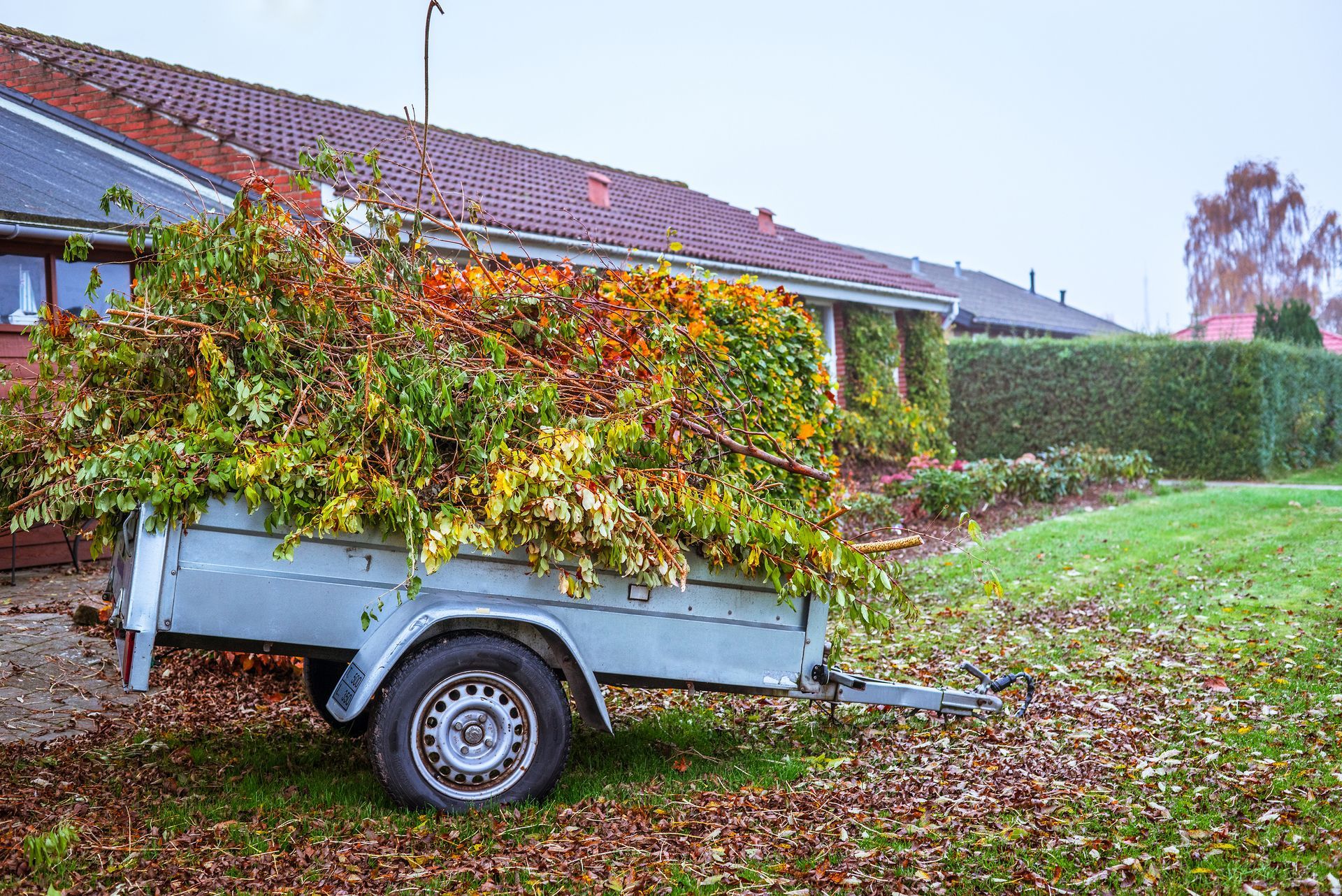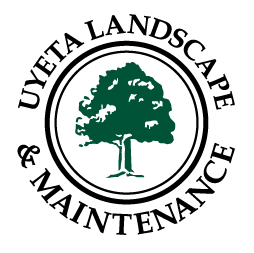Post-Care Tips
Learning How to Care for Your New Landscape
At Uyeta Landscape & Maintenance, we know that creating your dream landscape is just the beginning of the journey. The key to maintaining a vibrant, thriving outdoor space lies in the proper post-care techniques applied after installation. With the right information and a little ongoing attention, your new garden, lawn, or hardscape can stay beautiful and healthy for years to come.
We’ve created this guide to provide you with essential tips and best practices for caring for your new landscape. Whether you’re a first-time gardener or a seasoned green thumb, these post-care instructions will help safeguard your investment and ensure stunning results season after season.
If you ever need additional support or want to leave the hard work to the professionals, remember that our team is always here to help with expert maintenance services. Let’s work together to keep your outdoor space looking its best!
Watering Guidelines
For New Plantings & Lawns
- First 2 Weeks: Water daily to keep soil consistently moist (not soggy).
- Weeks 3–6: Water every other day, depending on weather and soil moisture.
- After 6 Weeks: Transition to deep, less frequent watering to encourage strong roots.
- Tip: Early morning or late evening is best. Check soil moisture by feeling a few inches below the surface.
Mulch Maintenance
Mulch helps your soil retain moisture, regulates soil temperature, and suppresses weeds.
- Check Mulch Depth: Maintain a 2–3 inch layer. Avoid piling up against plant stems or tree trunks.
- Replenish as Needed: Refresh or add mulch once or twice a year, especially before summer and winter.
- Watch for Mold/Fungus: Rake mulch to keep it loose and reduce compaction.
Weed & Pest Control
- Remove Weeds Promptly: Check beds regularly and hand-pull weeds while young.
- Preventative Mulching: A good mulch layer will reduce most weed growth.
- Monitor for Pests: Inspect leaves and stems. Early detection means easier treatment.
- Natural Solutions: Use eco-friendly controls whenever possible, and contact us for professional advice if issues persist.
Pruning & Trimming
- New Shrubs & Trees: Minimal pruning in the first year helps plants establish.
- Flowering Shrubs: Prune after blooming, if needed, to shape and encourage next year’s flowers.
- Deadheading & Cleanup: Remove spent flowers and damaged branches to promote healthy growth.
Fertilization
- Timing: Most new plantings don’t need fertilizer right away, but established landscapes may benefit from a slow-release feed in spring or fall.
- Product Choice: Use fertilizers appropriate for your plant types; organic options are available for most applications.
- Avoid Over-fertilizing: Too much fertilizer can damage roots or lead to excessive leafy growth.
Seasonal & Ongoing Care
- Spring: Clean up beds, refresh mulch, prune as needed, and inspect irrigation.
- Summer: Monitor water needs, watch for heat stress, and control weeds.
- Fall: Remove debris/leaves, fertilize if needed, and cut back perennials.
- Winter: Protect sensitive plants, check for drainage issues, and plan for spring!

Want to Keep Your Landscape Looking Its Best?
Our expert team offers professional
Landscape Design and Build,
Hardscape Construction,
Garden Maintenance, or
Irrigation services for both residential and commercial properties—including routine garden care, seasonal cleanups, and specialized treatments. Ready for help with the hard work or need expert advice? Contact us to schedule your seasonal check-in or learn more about our ongoing maintenance programs.
